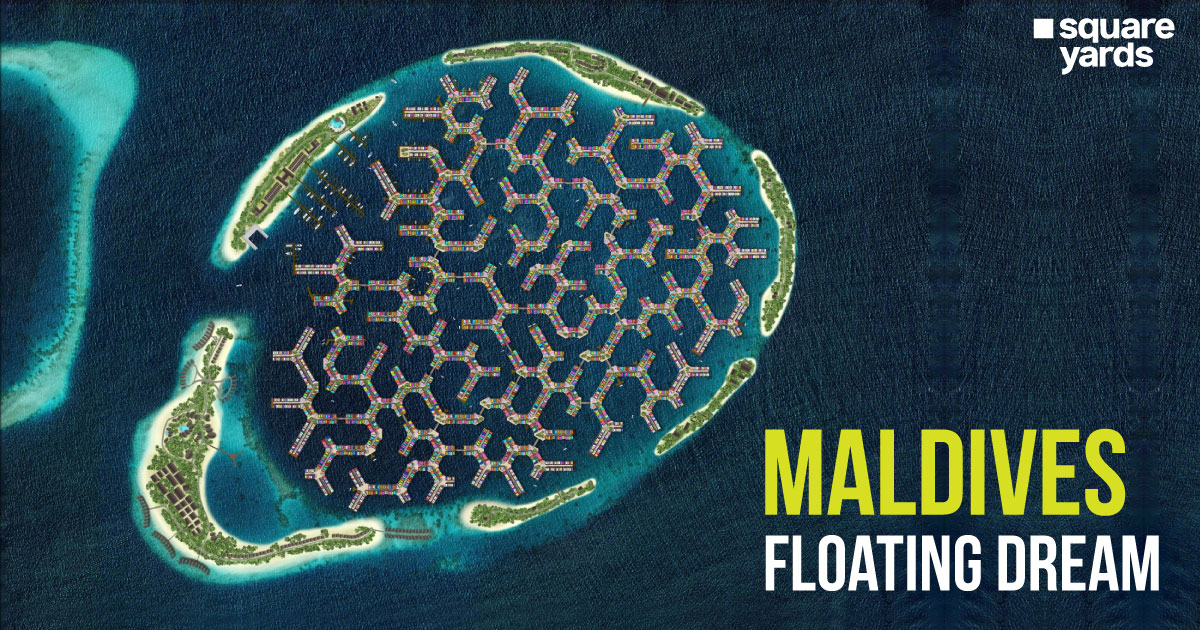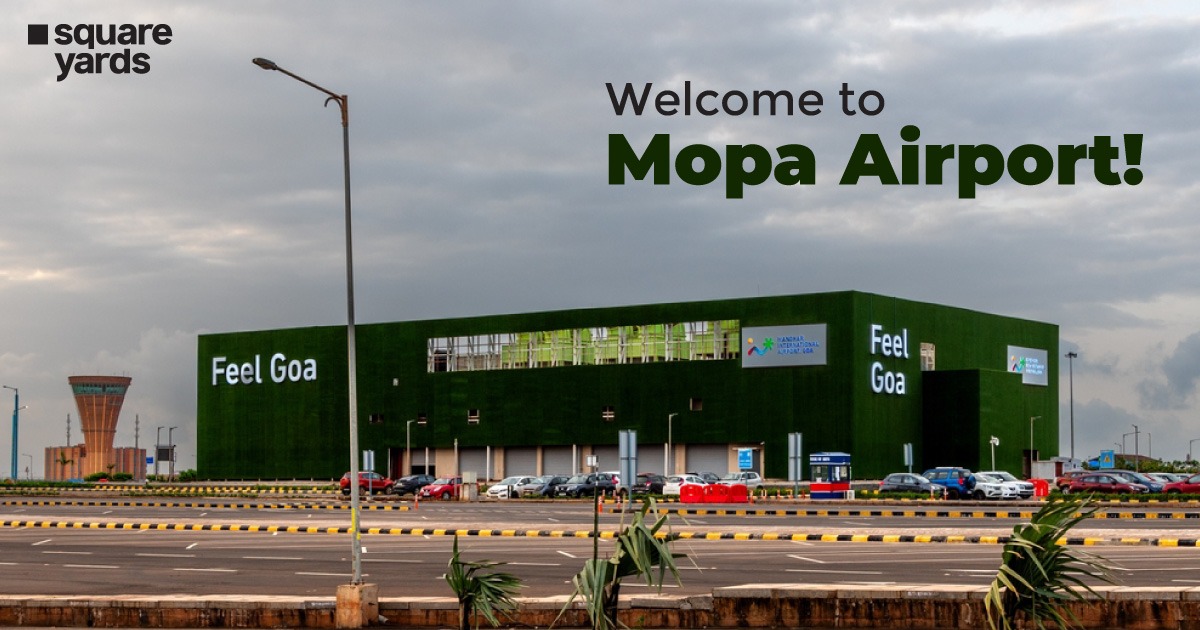The Pune Municipal Corporation (PMC) is poised to significantly enhance its sewage treatment capabilities with the introduction of 11 new sewage treatment plants (STPs). Set for completion by June, this ambitious project aims to boost the city’s sewage treatment capacity by an impressive 396 million liters per day (MLD). This critical initiative is aligned with PMC’s broader strategy to secure a 24 TMC (thousand million cubic feet) water allocation from the irrigation department, essential for meeting the water demands of Pune’s ever-growing population. Currently, the PMC manages to treat approximately 600 MLD of the total 980 MLD sewage generated within the city limits, which comprises 883 MLD from the older parts of the city and 97 MLD from newly merged areas. The addition of the new STPs will elevate the overall treatment capacity to around 1,000 MLD, thereby enhancing the city’s wastewater management significantly.
Strengthening Pune’s Water Management Strategy
The city of Pune has an official annual water quota of 17 TMC, which includes water supplied from the Bhama Askhed dam. However, the current demand is pushing PMC to draw around 21 TMC. The civic body is now striving to escalate this allocation to 24 TMC to cater to its growing population, currently estimated between 6.5 to 7 million residents. This increase in water allocation is not merely a response to population growth but also a proactive measure to ensure sustainable water supply and management across the city. With a significant number of properties—over 1.25 million—connected to the water supply system, including about 450,000 authorized connections and a similar number of unauthorized ones, the need for enhanced sewage treatment is more pressing than ever. The new STPs are expected to not only cater to the increased demand but also address the critical issue of untreated wastewater discharge.
Collaborative Efforts for Pollution Abatement
The Mula and Mutha rivers, vital water bodies in Pune, have been severely impacted by pollution, primarily due to untreated wastewater. In a bid to tackle this pressing environmental concern, PMC has partnered with the Japan International Cooperation Agency (JICA) under the Mula-Mutha River Pollution Abatement Project. This initiative, announced back in 2015, aims to mitigate the impact of untreated wastewater on these rivers, which have been classified as “priority 1” by the Central Pollution Control Board due to the severity of pollution. Currently, construction on 10 of the planned 11 STPs is progressing well, with most tasks nearing completion. The timely execution of these projects is crucial as PMC faces increasing scrutiny from the irrigation department regarding its additional water demands and the efficiency of water recycling efforts. By enhancing its sewage treatment infrastructure, PMC is taking significant steps towards improving water quality and sustainability in Pune.
Conclusion
The PMC’s initiative to expand sewage treatment capacity marks a vital step towards a sustainable water management strategy. This effort not only aims to meet the increasing water demand but also addresses environmental challenges effectively.
- PMC is set to complete 11 new STPs by June.
- The project will increase sewage treatment capacity by 396 MLD.
- Pune’s population currently demands more water than its allocated quota.
- Partnership with JICA focuses on reducing river pollution.
- Construction on 10 STPs is already underway.
- Efforts aim to balance water needs with environmental sustainability.






















